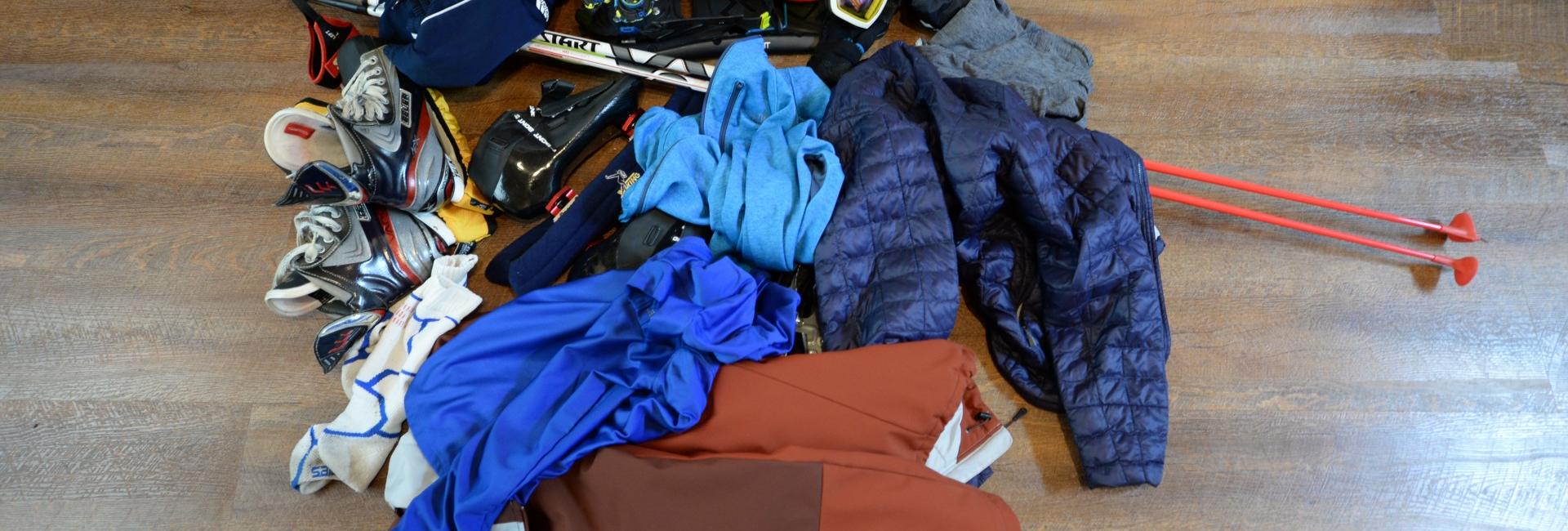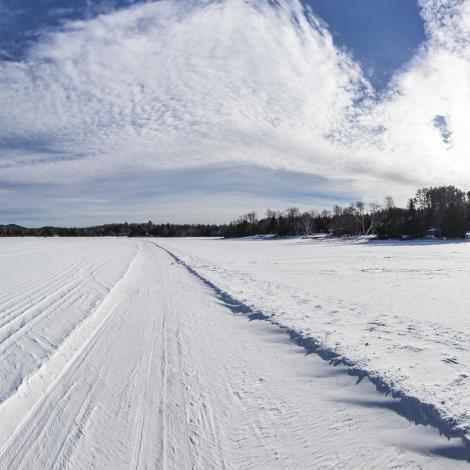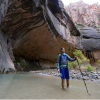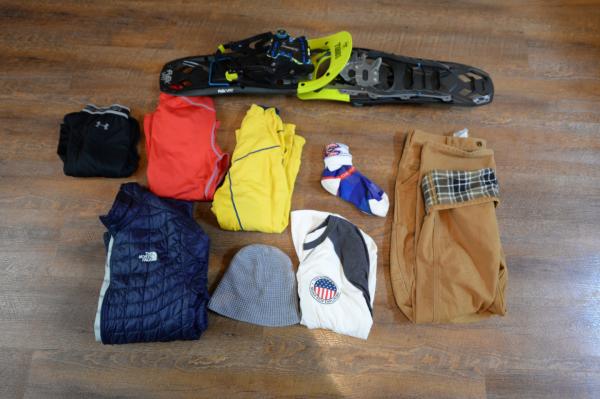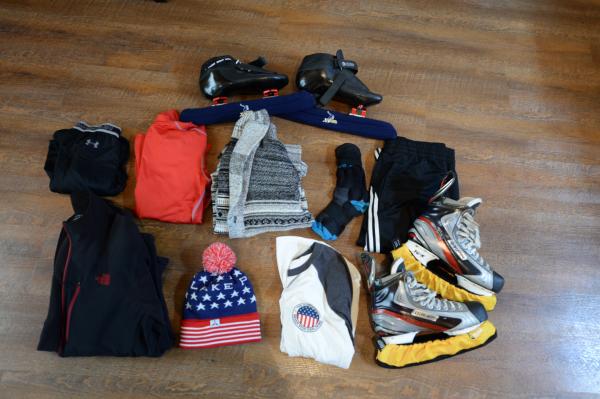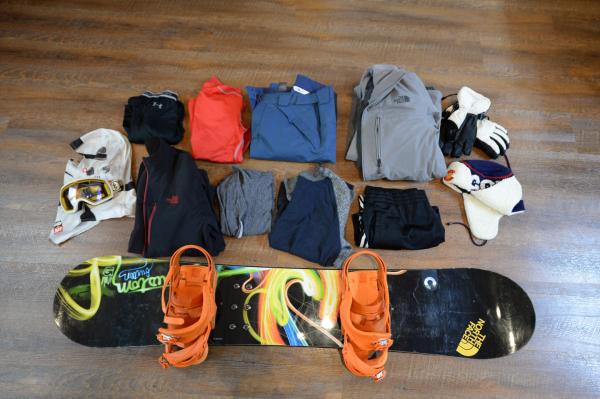Winter is one of the best times to get out of the city and visit the Adirondacks. As temperatures drop, there is no better feeling than that of clean, real emphasis on clean, cold air filling your lungs as you explore a winter wonderland. But, what should you pack? Winter in the Adirondacks means endless activities to try out, but some of these activities require well-thought-out equipment and layering. So, when it comes time to pack for your winter Adirondack adventure, base your wardrobe off the activities you’ll be doing, not just what you think is going to look best.
What I mean by that is pack what’s going to keep you comfortable during these activities, not just what looks best together or matches how you’re feeling that day. We all have friends who dress to how they feel, right? I can’t be the only one with those. Oh please, I hope not.
When it comes to packing for winter Adirondack activities, I’ve found it’s all about the layering. Whether you’re headed out to walk around one of our towns, scale up our mountains, or take a scenic drive through the snow-covered forests on your way through the Heart of the Adirondacks, you want to be comfortable. Most folks tend to over prepare for the cold temperatures, but, in actuality, overheating is what you should be concerned with. Keeping your body at a comfortable temperature will keep you happy and and healthy. So, what do you do to ensure you’re not too cold, or too hot? Let me break it down for you:

